Archives
- 2018-10
- 2018-11
- 2019-04
- 2019-05
- 2019-06
- 2019-07
- 2019-08
- 2019-09
- 2019-10
- 2019-11
- 2019-12
- 2020-01
- 2020-02
- 2020-03
- 2020-04
- 2020-05
- 2020-06
- 2020-07
- 2020-08
- 2020-09
- 2020-10
- 2020-11
- 2020-12
- 2021-01
- 2021-02
- 2021-03
- 2021-04
- 2021-05
- 2021-06
- 2021-07
- 2021-08
- 2021-09
- 2021-10
- 2021-11
- 2021-12
- 2022-01
- 2022-02
- 2022-03
- 2022-04
- 2022-05
- 2022-06
- 2022-07
- 2022-08
- 2022-09
- 2022-10
- 2022-11
- 2022-12
- 2023-01
- 2023-02
- 2023-03
- 2023-04
- 2023-05
- 2023-06
- 2023-08
- 2023-09
- 2023-10
- 2023-11
- 2023-12
- 2024-01
- 2024-02
- 2024-03
- 2024-04
- 2024-05
- 2024-06
- 2024-07
- 2024-08
- 2024-09
- 2024-10
- 2024-11
- 2024-12
- 2025-01
- 2025-02
- 2025-03
-
Dopaminergic neurons are vulnerable to oxidative products
2024-09-28
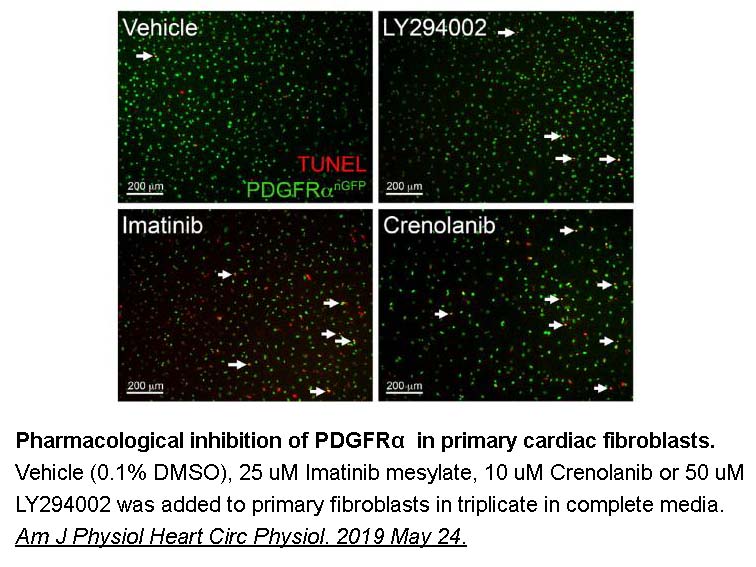
Dopaminergic neurons are vulnerable to oxidative products and inflammatory responses; these processes may play important roles in the etiology of PD. Because glial Fmoc-His(Boc)-OH.CHA australia are the main generators of inflammatory responses in the CNS, the possibility that PD results from glial
-
br Acknowledgements We thank the National Natural Science Fo
2024-09-28
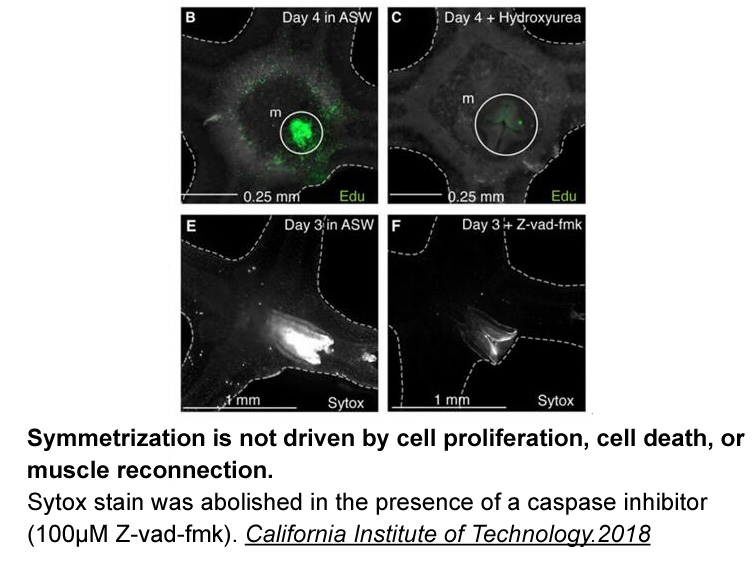
Acknowledgements We thank the National Natural Science Foundation of China (41576156), Shandong Province Science and Technology Development Plan (2015GSF121045), Yantai Science and Technology Development Plan (2015ZH078), and the Public Science and Technology Research Funds Projects of Ocean (No.
-
br Conclusions br Transparency document br
2024-09-28

Conclusions Transparency document Acknowledgements This work was supported by a grant from the European Commission FP6 “Neuroprion” – Network of Excellence and Royal Veterinary College Bioveterinary science research project funding. We thank Professor Alun Williams (Cambridge University) fo
-
Perhaps the first evidence of AMPKs therapeutic ability
2024-09-28
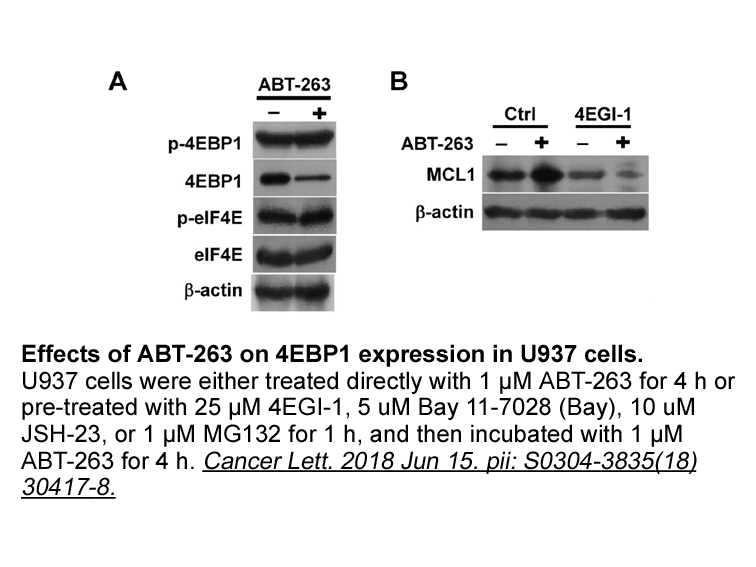
Perhaps the first evidence of AMPKs therapeutic ability in DM1 came from Thomas Cooper’s laboratory where they demonstrated that insulin-independent glucose uptake was unaffected in human DM1 muscle 5003 treated with MET, an AMPK activator and first-line therapy for type 2 diabetes mellitus [76]. S
-
It has been reported that NLRP product caspase is increased
2024-09-28
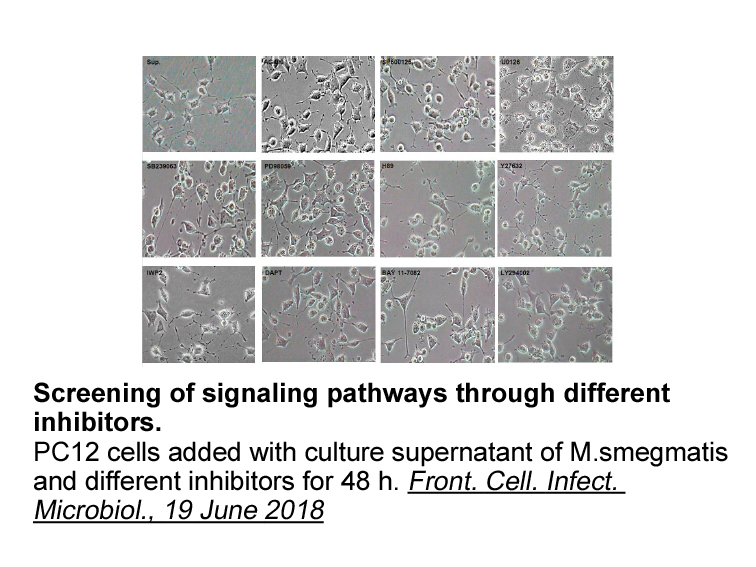
It has been reported that NLRP3 product, caspase-1, is increased in the brains of AD patients and experimental AD animals. NLRP3- and caspase-1-deficient animals are resistant to experimental development of AD, and have decreased IL-1β production and significantly increased Aβ clearance (Heneka et a
-
Introduction Aldose reductase ALR is the first
2024-09-28
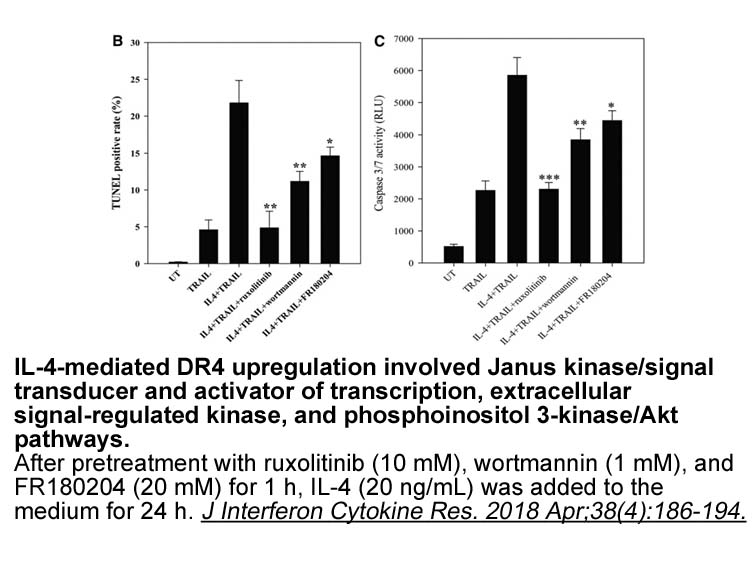
Introduction Aldose reductase (ALR2) is the first enzyme of the polyol pathway that catalyzes the reduction of glucose to sorbitol utilizing NADPH as a cofactor. The intracellular accumulation of sorbitol, due to increased aldose reductase activity at high blood glucose levels, such as those occurr
-
Studies on both TCDD treated mice and AhR null mice
2024-09-28
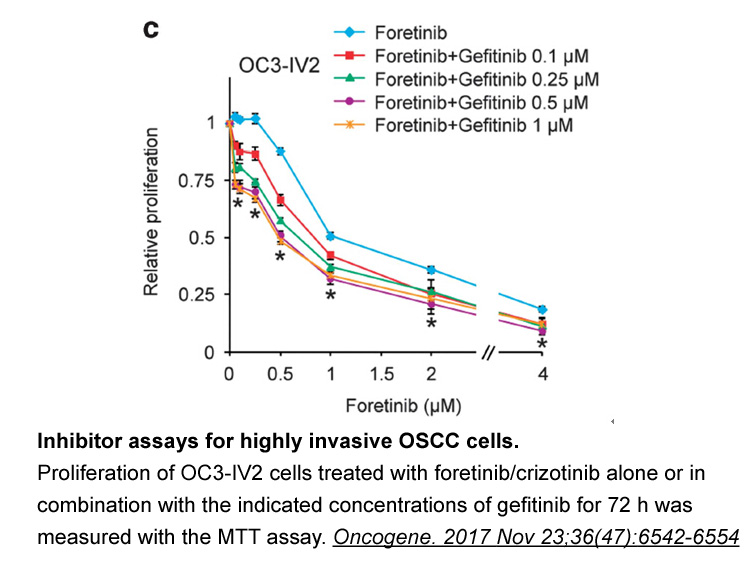
Studies on both TCDD treated mice and AhR null mice have also pointed to a role of AhR in hematopoiesis [65], [66]. Singh et al. showed that AhR is a negative regulator of HSC (hematopoietic stem cell) proliferation, while deletion of AhR leads to spleen enlargement in juvenile and adult mice [67].
-
HBTU australia br lipoxygenase pathway in brain aging
2024-09-27

5-lipoxygenase pathway in HBTU australia aging and alzheimer’s disease 5LO is found throughout the central nervous system, in both neuron and glia cells (Farias et al., 2007). However, its expression levels are highest in the cortex and hippocampus areas, two regions that are particularly vulner
-
The relatively high concentration of HT used
2024-09-27

The relatively high concentration of 5-HT used in this study (100 µM) is consistent with the concentrations used in other published ex vivo studies (Ropert and Guy, 1991, Passani et al., 1994, Shen and Andrade, 1998). In our paradigm 5-HT was focally applied at the surface of the slice via a fast pe
-
br Acknowledgments br Introduction Cancer is the
2024-09-27
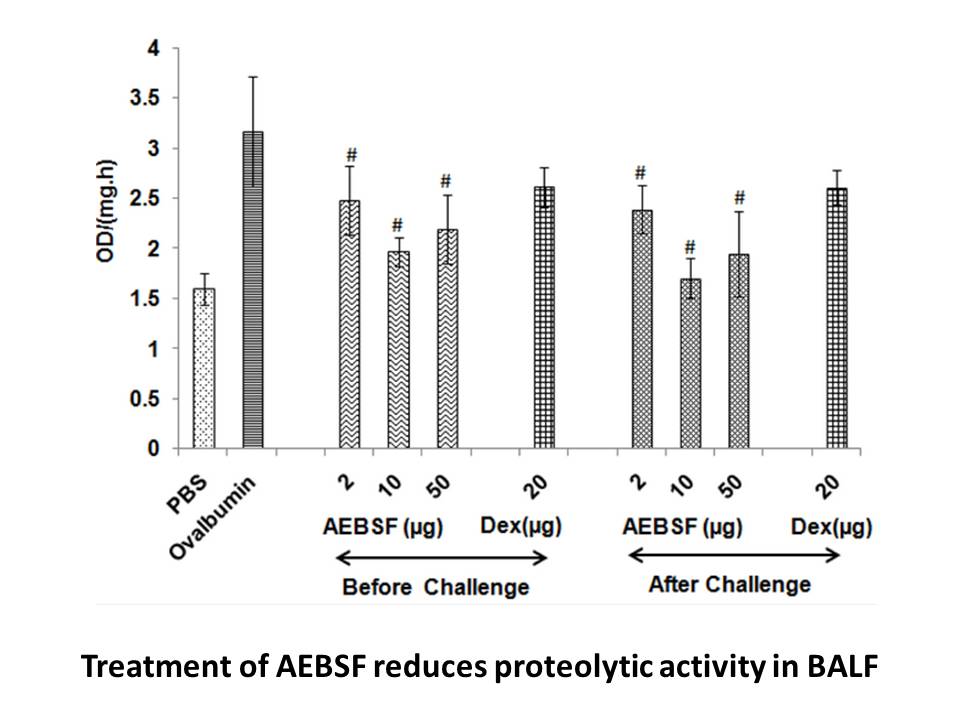
Acknowledgments Introduction Cancer is the leading cause of mortality in the United States for those between the ages of 40–79 years, surpassing heart diseases by more than 100,000 deaths [1]. The cause of most cancer subtypes remains idiopathic and may arise out of ‘bad luck’ among otherwise
-
br Concluding remarks Autophagy ensures cell homeostasis and
2024-09-27
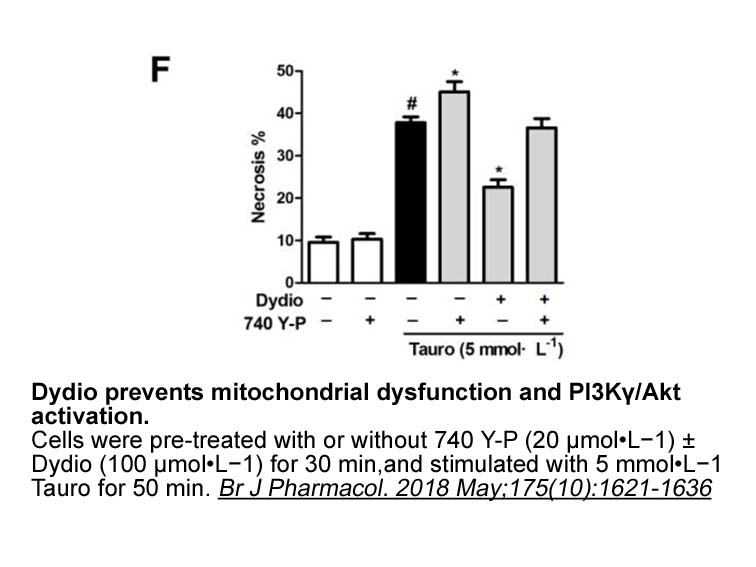
Concluding remarks Autophagy ensures cell homeostasis and survival through the continuous degradation/recycling of intracellular components. It can also represent a conserved, cell-intrinsic, defense mechanism against invading pathogens, including viruses. The autophagy process can be activated r
-
Fencilli et al reported derivatives of PHA which demonstrate
2024-09-27
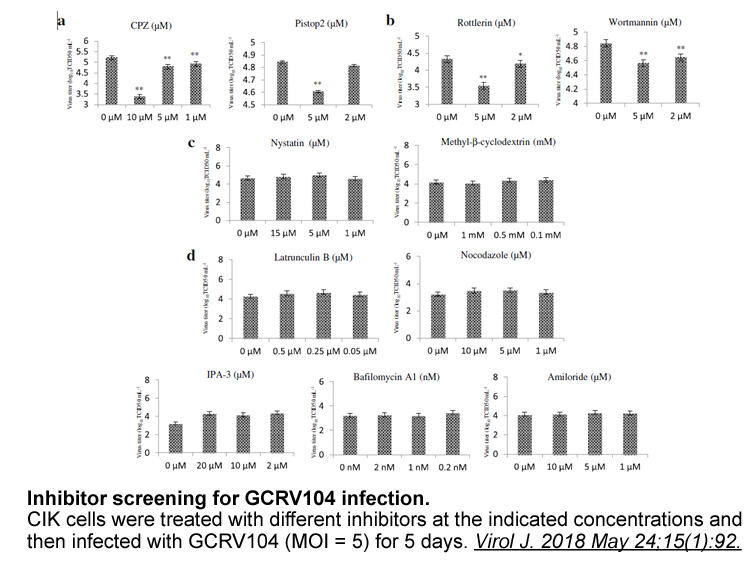
Fencilli et al. reported derivatives of PHA-680626 (15) which demonstrated strong anti-proliferative activity against large group of leukaemia cell lines including IM-resistant BAF3 cells expressing mutants like T315I, M351T and E255K. Decrease in Histone H3 phosphorylation led to induction of endo-
-
br Ataxia telangiectasia and Rad related as a therapeutic
2024-09-27

Ataxia–telangiectasia and Rad3 related as a therapeutic target Several concerns revolving around functional inhibition of ATR have hindered the exploitation of ATR as therapeutic target in cancer therapy and delayed the development of specific ATR kinase inhibitors. It was anticipated that pharma
-
Thiol are reduced by two major redox systems
2024-09-27
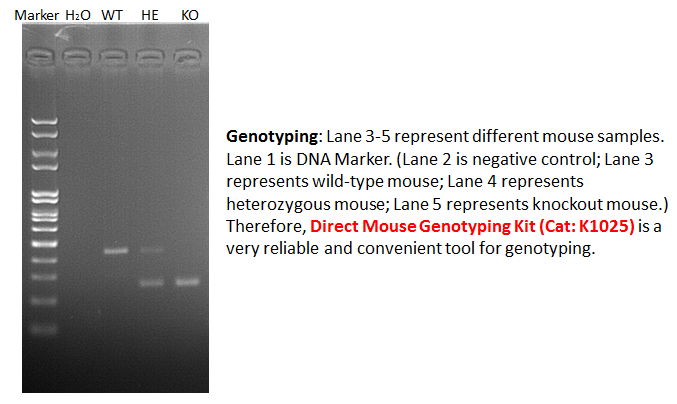
Thiol are reduced by two major redox systems, glutathione/glutaredoxin (GRX) and thioredoxin (TRX), which have been extensively studied in plants [13], [14], [15]. Glutathione, a thiol-containing tripeptide, exists in a reduced (GSH) or an oxidized form (GSSG). It has a major role as a redox buffer.
-
indocid br Materials and methods br Results br Discussion We
2024-09-27
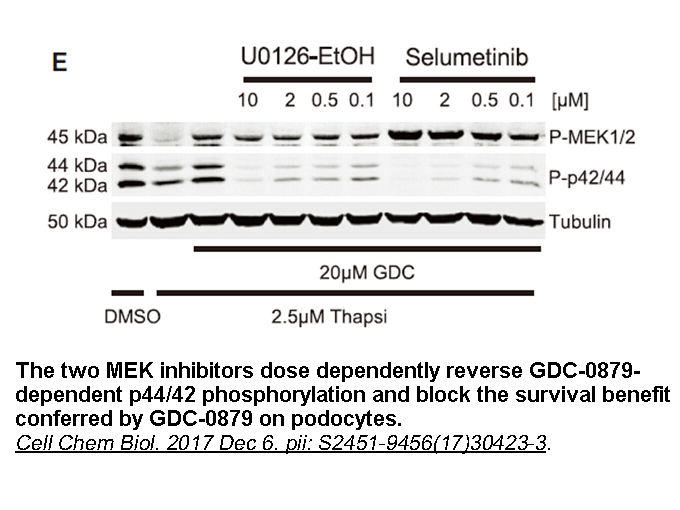
Materials and methods Results Discussion We demonstrate reduced angiogenic activity in NDRG1 overexpressing malignant glioma leading to reduced glioma growth. This antiangiogenic phenotype is paralleled by a significant upregulation of the antiangiogenic gene TNFSF15. TNFSF15 upregulation i
15784 records 74/1053 page Previous Next First page 上5页 7172737475 下5页 Last page